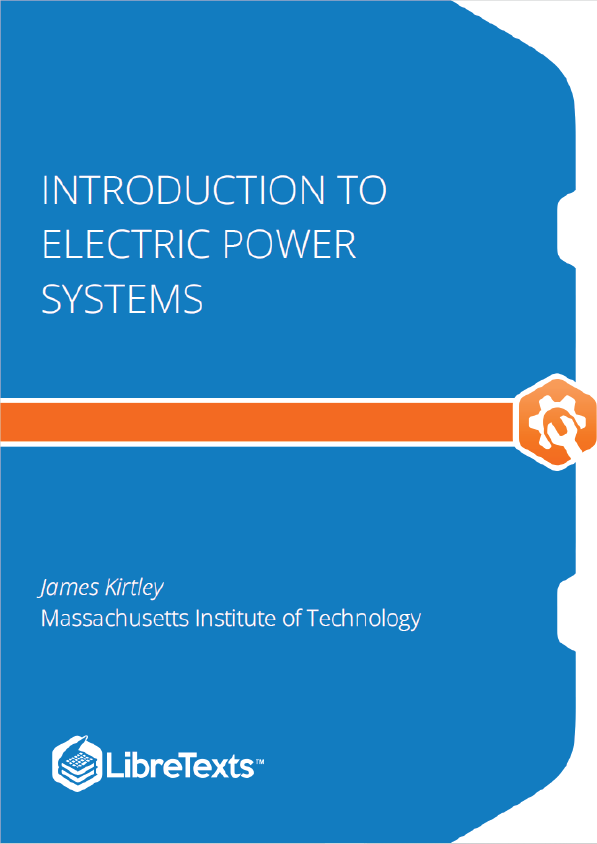Network Primitives
Electric network theory deals with two primitive quantities, which we will refer to as:
- Potential (or voltage), and
- Current.
Current is the actual flow of charged carriers, while difference in potential is the force that causes that flow. As we will see, potential is a single- valued function that may be uniquely defined over the nodes of a network. Current, on the other hand, flows through the branches of the network. Figure 1 shows the basic notion of a branch, in which a voltage is defined across the branch and a current is defined to flow through the branch. A network is a collection of such elements, connected together by wires.
Network topology is the interconnection of its elements. That, plus the constraints on voltage and current imposed by the elements themselves, determines the performance of the network, described by the distribution of voltages and currents throughout the network.
Two important concepts must be described initially. These are of “loop” and “node”.
- A loop in the network is any closed path through two or more elements of the network. Any non-trivial network will have at least one such loop.
- a node is a point at which two or more elements are interconnected.
Voltage and current sources can be either independent or dependent. Independent sources have values which are, as the name implies, independent of other variables in a circuit. Dependent sources have values which depend on some other variable in a circuit. A common example of a dependent source is the equivalent current source used for modeling the collector junction in a transistor. Typically, this is modeled as a current dependent current source, in which collector current is taken to be directly dependent on emitter current. Such dependent sources must be handled with some care, for certain tricks we will be discussing below do not work with them.
For the present time, we will consider, in addition to voltage and current sources, only impedance elements, which impose a linear relationship between voltage and current. The most common of these is the resistance, which imposes the relationship which is often referred to as Ohm’s law.
Node Voltages and Reference
One of the consequences of KVL is that every node in a network will have a potential which is uniquely specified with respect to some other node. Thus, if we take one of the nodes in the network to be a reference, or datum, each of the other nodes will have a unique potential. The voltage across any network branch is then the difference between the potentials at the nodes to which the element is connected. The potential of a node is the sum of voltages encountered when traversing some path between that node and the datum node. Note that any path will do. If KVL is satisfied, all paths between each pair of nodes will yield the same potential.











